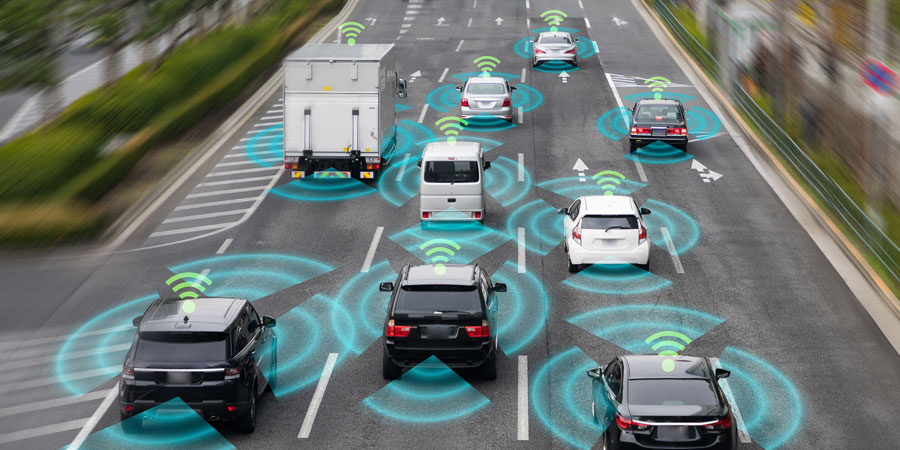The municipal authorities of Toronto have granted approval to Rogers Communications Inc. for the installation of cameras and sensors at five strategic intersections within the downtown area. These installations are intended to monitor vehicular, pedestrian, and cyclist movements, with the overarching objective of mitigating traffic congestion.
Specifically, the deployment sites include segments along University Avenue intersecting with Adelaide, King, Wellington, and Front streets, as well as along York Street and Bremner Boulevard.
5G-Powered AI System
Rogers has announced that its 5G-powered artificial intelligence (AI) system will collect live data pertaining to traffic volumes, speeds, and congestion levels at the designated intersections, aligning with the congestion management plan endorsed by the city council last autumn. The pilot program will commence with an initial phase spanning several months, primarily dedicated to data accumulation.
“I think we’ve all kind of had that experience where you’re sitting at a traffic light and there’s no cars coming in the other direction,” said Neel Dayal, Head of Innovation and Partnerships for Rogers. “The idea here is that situation really shouldn’t occur. By having a good bird’s eye view of what’s happening in the intersection, you can dynamically change the lights to ensure that there’s no cars sitting, idling, or pedestrians or cyclists in that matter.”
Subsequently, the city plans to leverage the AI software to assess potential enhancements aimed at alleviating congestion at these intersections. Rogers further indicated that the technology will evolve to enable real-time analysis and management of traffic, including the implementation of AI-driven adjustments to traffic signals.
UBC Deployment
This marks Rogers' inaugural deployment of this technology within a significant urban setting.
Previously, in 2022, the company conducted a two-week trial of the system in collaboration with the University of British Columbia's Vancouver campus as part of a research partnership. During this trial, Rogers installed its traffic sensors and cameras at five intersections, mirroring the current deployment strategy in Toronto.
Dayal emphasized the valuable insights gained at UBC, highlighting the effectiveness of combining video and radar technologies in comprehending intersection activities. He further added that, “We know that the city is very focused on extending different modes of transportation, including walking and cycling and so we want to make sure that the roads are safe for those types of users.”









